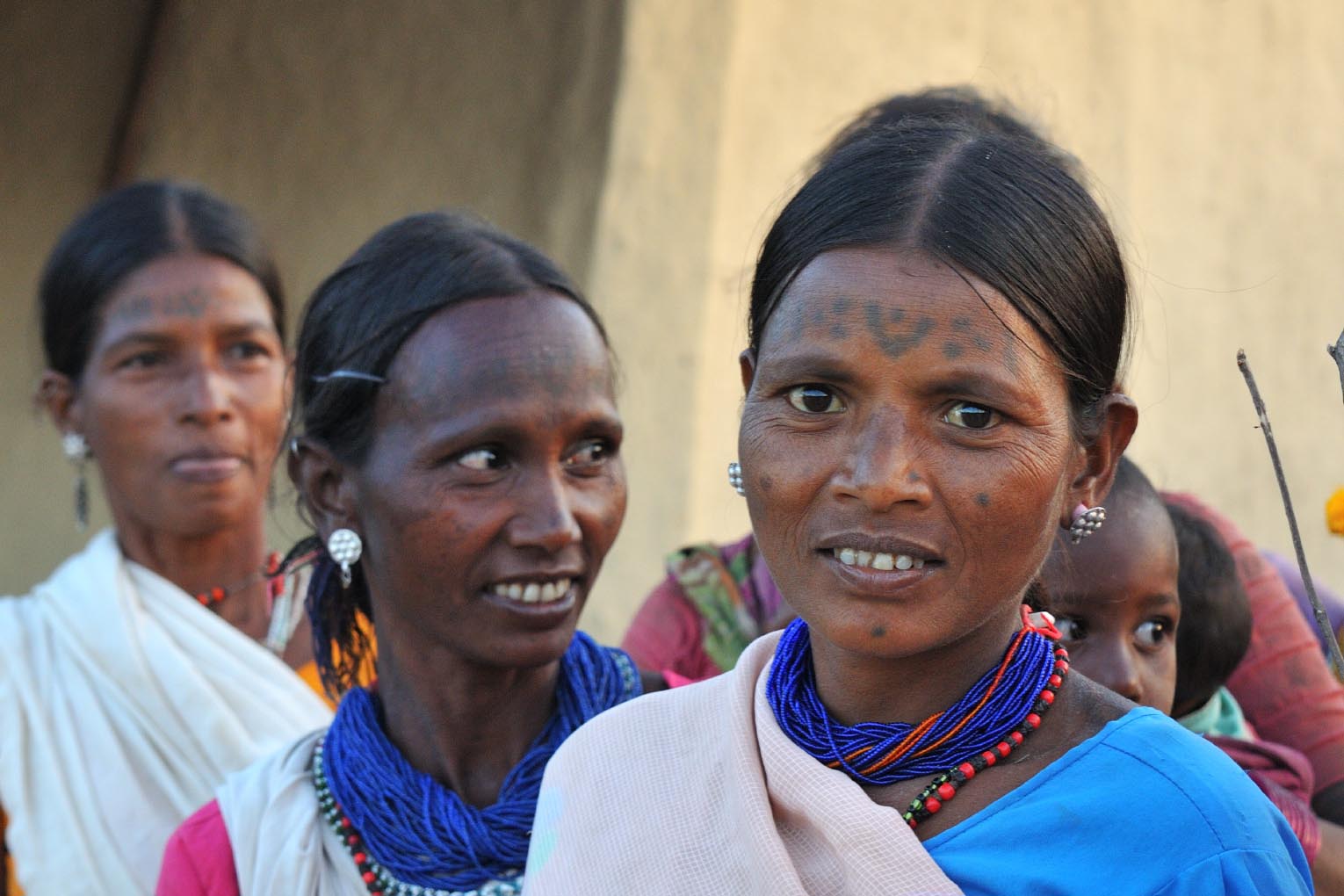A decade of impact in a diverse tribal landscape
24.10.23
By subscribing to our newsletter, you give us permission to email you with news of our work and events, plus opportunities for volunteering, challenges to take part in and special offers in our shop. You can unsubscribe any time by clicking the link in our email footer.

24.10.23

We have been working alongside communities in the state of Chhattisgarh in India for the last decade, helping people living in the most vulnerable conditions to secure brighter futures.
By working closely with local organisations, committees, and government bodies, Frank Water and our local delivery partner succeeded in improving health, hygiene, sanitation, access to clean water, and livelihood opportunities for over 17,000 tribal men and women, as well as for their children, grandchildren, and great-grandchildren.
The difference safe water makes
In 2015, the United Nations stated that “achieving sustainable water, sanitation and hygiene is vital to achieving human health and well-being as well as contributing to livelihoods and education and thus, economic growth and productivity”.
We measure Frank Water’s impact in terms of improved access to water, sanitation, and hygiene, in line with SDG6, and additionally, as a result of working together, the communities in Chhattisgarh have told us that they are also experiencing:
We are so pleased with the difference we’ve made.
Unseen challenges in remote villages
Our work has taken place in the rural surroundings of Kawardha town, where 65% of the inhabitants are Baiga, a Particularly Vulnerable Tribal Group and one of the most deprived communities in India.
Living in remote areas, Baiga people are excluded from access to natural resources, infrastructural entitlement, and government services. Support from international NGOs is also often absent. Their villages are commonly located on hilltops, where women and girls are often forced to spend hours per day collecting water from sources that quickly dry up or don’t hold sufficient quantities.
Common challenges encountered in the work included:
How we made an impact
Project activities were conducted in these areas:
Key highlights of our activities:
Thanks to these incredible efforts, 17,000 people who were once deprived of a sip of water now have access to a consistent stream.